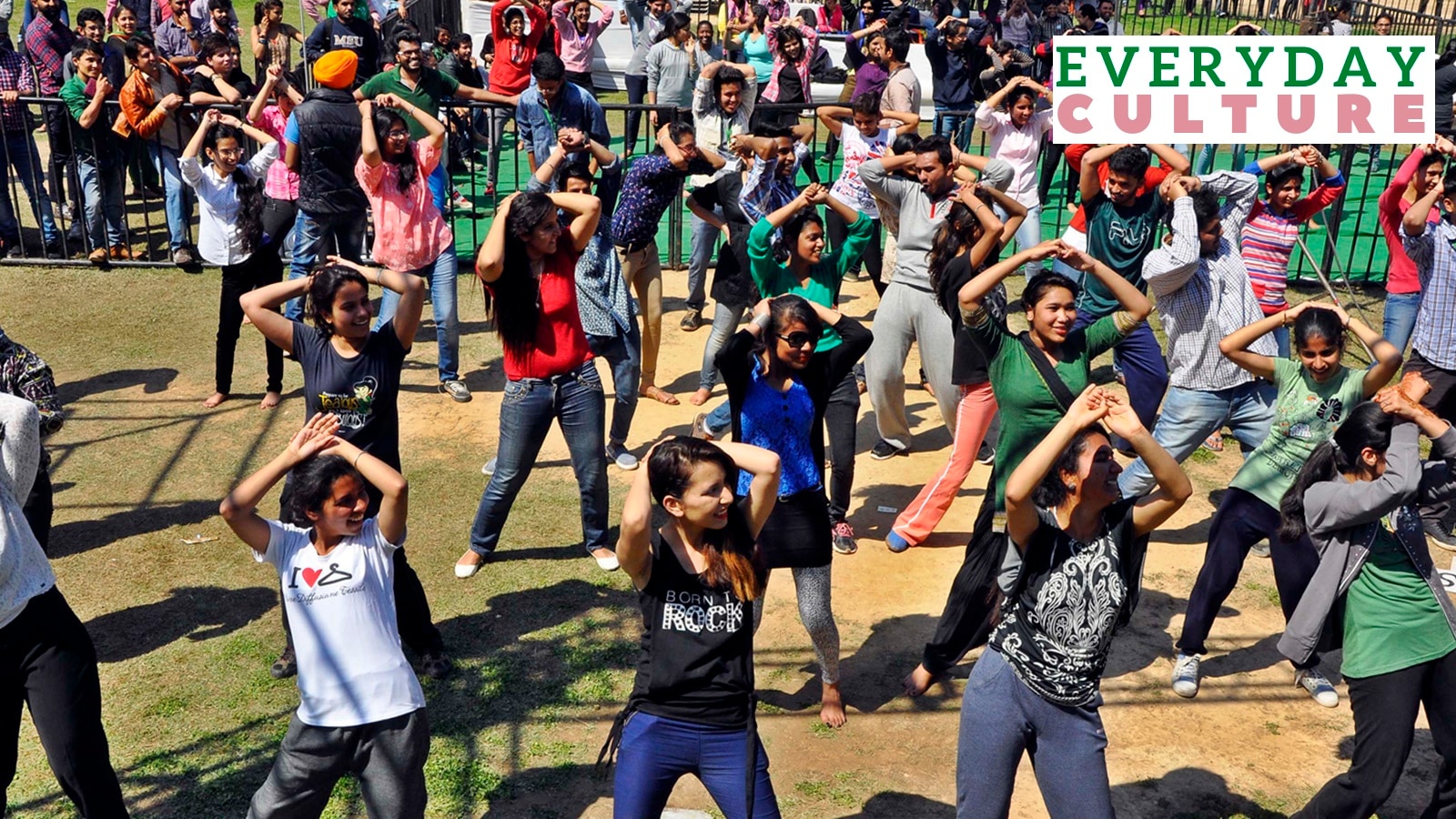Several religious groups in Kerala recently criticised the state government’s decision to introduce Zumba classes in schools to encourage fitness among students, and as part of an anti-drugs measure.
Earlier this week, cleric Abdul Samad Pookkottor said, “Zumba is harmful to the moral life of students. Prayer is the best for mental well-being. We also have yoga. This is an import from the Western world. If the government insists that Zumba dance should be implemented, our clerics will fight against it. Girls and boys should not be allowed to mingle under the pretext of the Zumba dance…”
The government said it would continue its policy despite similar comments made by some other organisations. What is Zumba, and what exactly is the controversy about? We explain.
Story continues below this ad
What are the origins of Zumba?
It’s a relatively new form of exercise that combines dance and aerobics. In 1986, Beto Perez was working as an aerobics instructor in Cali, Colombia, but forgot to bring his tape of American pop hits by Michael Jackson and Madonna to a class.
This led him to improvise a 30-minute class using the cassette he had in his car, “full of Latin songs, specifically salsa and merengue tunes that he had recorded from the radio,” according to a BBC report. His students gave rave reviews.
“Every time I taught, more and more people would show up and take a class. There would be lines out of the door of people waiting to get in. Word travelled fast. This was the beginning of Zumba,” Perez told the BBC. He moved to the capital, Bogota, and later to the United States, without the requisite documents. Colombian pop icon Shakira also hired him to choreograph some songs.
Today, Zumba classes have spread worldwide. In India, remixes of film music are also used in classes, rather than strictly Latin music. One major selling point is that its intensity is varied, and participants can choose what they want to do according to their convenience. With different kinds of songs and routines in almost every other class, depending on the instructor, it also offers a more dynamic form of exercise to people who may not enjoy the routine that gyms offer. Further, no equipment is needed for it.
Story continues below this ad
While aerobics includes several activities meant to increase oxygen consumption, such as running, swimming or jumping rope, Zumba mainly focuses on high-intensity dance and exercises. The trainer leads the class in sync with the fast-changing music, incorporating jumping jacks, arm stretches, and other moves.
What does “Zumba” mean?
The dance workout was initially called the “Rumba”, which means party in Cuban and is also used in Latin America to refer to a variety of dances. “Zumba” was a play on that.
Perez launched his company, Zumba Fitness, based in Miami, with two other partners in 2001. They began by offering classes and certifications to instructors and have since expanded to classes, DVDs, clothing and accessories, and more. Notably, the recommended clothing for Zumba classes is the same as that for any fitness-related activity — proper shoes, and comfortable and breathable outfits suited for movement.
However, Zumba has been restricted at times, particularly for women. In Afghanistan, the Taliban banned music and dancing under a strict implementation of Islamic law when it first came to power (1996 to 2001). Some Zumba classes later sprang up, once the regime came to an end.
Story continues below this ad
In 2017, Iran was reported to have banned Zumba and arrested people for it. A BBC report from the time quoted Hamid Damghani, a commander of Iran’s Islamic Revolutionary Guard Corps, as saying, “They were arrested by the Guards’ intelligence forces while teaching and creating video clips… as they sought to change lifestyles and promote a lack of hijab,” he said.
What is the issue in Kerala?
Some religious leaders have continued opposing Zumba’s inclusion in schools in recent days. Another cleric, Nazar Faizy Koodathai, said students should not be compelled into “vulgarity”. “If well-built students are also forced to dance wearing minimum clothes and mingling with the opposite sex, it is highly deplorable. Instead of introducing Zumba, let the government focus on physical training programmes. Students should not be forced into vulgarity,” he said.
However, the state government has shown no signs of walking back its decision so far. The general secretary of the state’s ruling Communist Party of India (Marxist), M A Baby, told the media in Kozhikode that “religion should be kept away from education”.
“Children should grow mingling with one another. Those who oppose should rethink their stand. In a secular country, religion should be kept away from public education. They can comment on issues, but they should not dictate terms on education,” he said.
Story continues below this ad
Education Minister V Sivankutty said, “Certain quarters have come out against Zumba, which is being introduced in schools as part of anti-drug initiatives.” He added, “What is being held in schools is a short physical fitness programme. Students are performing Zumba in their uniforms.”
He said that under the Right to Education Act, it was mandatory for all students to participate in learning activities suggested by the government. The minister also shared videos of students of two schools in Muslim-majority areas performing Zumba in uniform, wearing headscarves. Higher education minister Dr R Bindu also shared a video of college students — including Catholic nuns — dancing to music at a college in Irinjalakuda in Thrissur.

